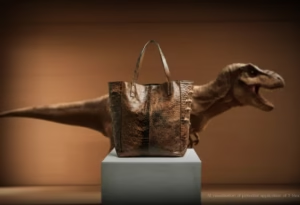Moroccan archaeologists have unveiled significant archaeological findings at the historic Chellah site, according to the preliminary results of archaeological research presented by Morocco’s Ministry of Youth, Culture, and Communication.
These excavations, carried out around the Merinid walls, were conducted by the National Institute of Archaeological Sciences and Heritage as part of a project launched by the ministry in April 2023.
According to the ministry, the project aimed to uncover the extent and boundaries of the Mauretanian-Roman city of Sala.
The research was conducted in the eastern and southeastern areas of the Merinid walls, divided into four sectors: the ancient city enclosure of Sala, west of the ancient enclosure’s outline, the necropolis, and the harbor district.
A section of wall approximately 130 meters east of the Merinid walls was discovered in Sector 1, running along Robinson’s Path for about fifty meters. Sector 2 yielded significant architectural remnants from the early 2nd century AD, along with the first life-sized headless statue found in Morocco since 1960.
Sector 3 revealed a new funerary area with the discovery of remains from a “Columbarium” tomb. In Sector 4, preliminary estimates suggest the existence of a district stretching approximately 230 meters from north to south, as various remnants were found.
A new chapter in Morocco’s rich ancient history
Mohamed Mehdi Bensaid, Morocco’s Minister of Youth, Culture, and Communication, underlined the historical, scientific, economic, and touristic impact of these discoveries on Rabat, stressing that they mark the beginning of an in-depth exploration of a new chapter in Moroccan history.
Abdeljalil Bouzouggar, Director of the National Institute of Archaeological Sciences and Heritage, noted that these discoveries followed one of the largest archaeological excavations ever conducted in Morocco, involving Moroccan archaeologists and researchers.
He emphasized that this marks the first time the port of a Mauretanian-Roman city has been uncovered, a development of tremendous historical significance not only for Moroccan history but also for the broader history of the Mediterranean.
These remarkable discoveries not only shed light on Morocco’s ancient past but also piques international interest in the rich heritage of the Mediterranean region.
As further analysis and research continue, these discoveries promise to unveil more of the intriguing tapestry of history within Chellah, enriching our understanding of the interconnected narratives of past civilizations.
















